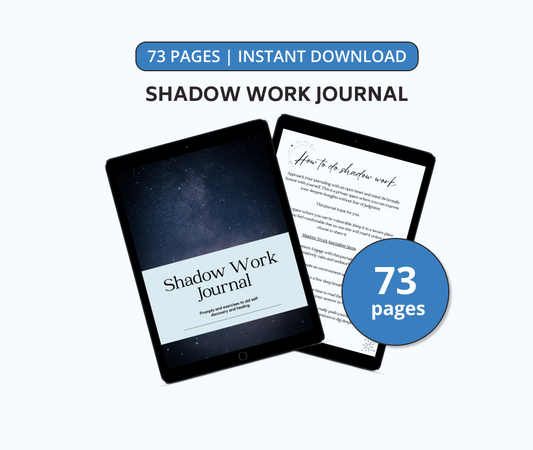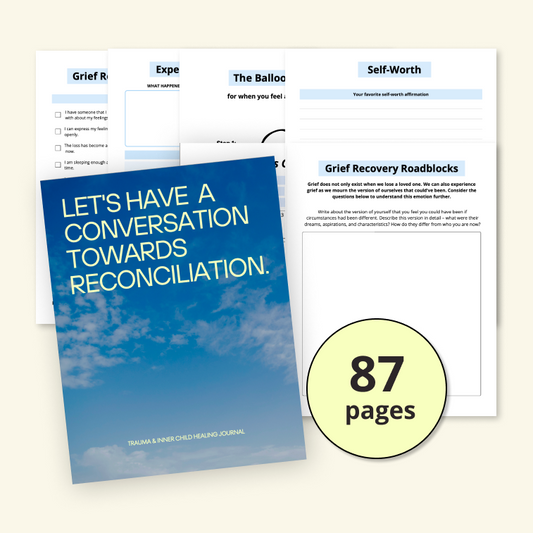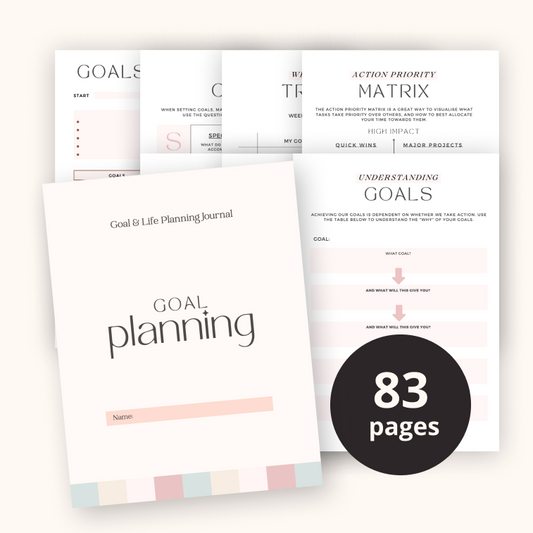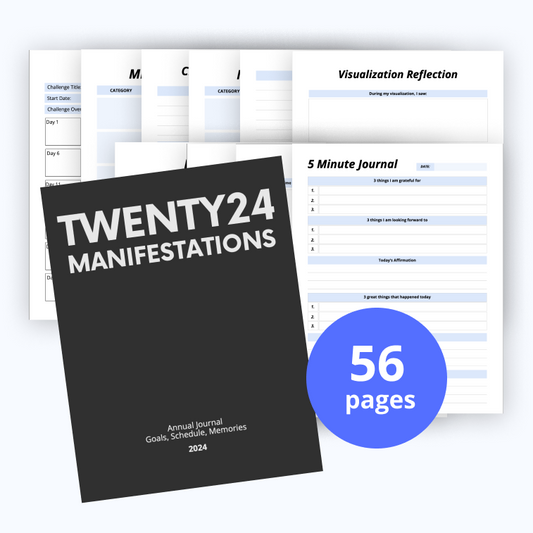Journalling seems to be the big self-care tool for 2023. Whether you're doing it to improve wellbeing, record your "hot girl walks," or any other reason imaginable, the benefits of journalling are everywhere.
But if you're new to journalling, starting can feel a bit, well, daunting.
On the face of it, it should be easy! You just... write how you're feeling! But if you truly have nowhere to begin, then staring at a blank page can be extremely uninspiring.
If you feel this way, you are not alone. It's hard to know how to start, and that's why we've created our ultimate guide to journalling to get you going!
In this article, we'll cover some main methods of journalling, including:
- Reflection/reflective Journalling
- Journalling with question, prompts & guides
- Gratitude journalling
- Visual journalling (with visual prompts like photographs and affirmation cards)
- Bullet journalling
- Scrapbook or sketch journalling
How do I get started?
A very good (and important) question. Once you've decided which method of journalling you'd like to go for, we suggest getting some supplies.
If you've chosen to go down the visual journalling route, you'll want some pictures, memorable items, or stickers to get started. For most other methods, you'll just need some paper and pens.
Once you're ready, it's important to decide where and when you'll journal. You'll want to be in a safe space, and with enough time to really get into it - 20-30 minutes should be enough in the beginning!
6 Ways to Journal
1. Reflection/reflective journalling
This is the most common way of journalling, and is probably the type you have seen lately on TikTok and Instagram.
This method requires you to reflect on a period of time (today, yesterday, or even a specific event) and identify your feelings, thoughts and emotions surrounding it. Common reflection questions include:
- What happened?
- Who was involved?
- How did you feel?
- What did you learn or take away?
A basic notebook or piece of paper is enough for a beginning this method of journalling.
2. Prompted & guided journalling
This is similar to reflection journalling, but includes the use of prompts to help guide your journal entry, in an attempt to resolve something much more specific than the everyday.
We've wrote some previous articles, which include some journalling prompts you can use for certain emotions, which you can read here.
We have also created our Self-Love Journal, which contains 35 days of journalling prompts, designed to help you learn more about yourself and promote self-love and compassion.

3. Gratitude journalling
Gratitude journalling focusses on what you have learnt from your experiences, and what you are thankful or grateful for (hence the name).
Now, this isn't in a guilt-trip way (as in, "I should be grateful and not feel depressed). Instead, it is meant to ground you in your existence and help you to notice things around you that may slip under the radar. Common prompts or topics for this type of journalling include:
- What can I be grateful for today?
- Who in my life am I thankful for?
- What can I be grateful for in my life?
This type of journalling can be completed with just a plain piece of paper (or notebook) and a pen/pencil. Or, if you are particularly grateful, you could combine this with visual journalling to make the experience truly unique.
4. Visual journalling
A great option for creative or visually-minded individuals, visual journalling involves using photographs, postcards, or any other memorable printed materials, as inspiration for your journal entry.
This type of journalling is particularly recommend for those struggling with grief, as you can use photos either of the person or of a shared experience, and take the opportunity to write to them. This person can be someone who you cannot talk to, or even your younger/past self. This can be beneficial and help you to pinpoint the emotions you have around this person, and the traits you admired in them and miss.
5. Bullet journalling
Bullet journalling was all the rage in the early 2010s, with big brands like Rhodia and Moleskine jumping in.
This type of journalling requires a notebook with a dotted (or bullet) design. With this, you have free range as you aren't restricted to a lined structure. This is what makes this type of journalling so popular, as it can become a hybrid of reflective, visual, and sketch journalling all in one place.
In our Self-Love Journal, we utilise a bullet journal layout on each day's reflection, to allow you freedom in your interpretation of the prompt.

6. Scrapbook or sketch journalling
Scrapbook journalling is similar to visual journalling, but doesn't necessitate pictures of real people.
This method is a bit less restrictive in what it requires, as you just need a piece of paper or notebook, pen, pencils, and any memorable or significant materials you have collected throughout your day, week or month.
This type of journalling is particularly fun following a unique experience like a holiday.





